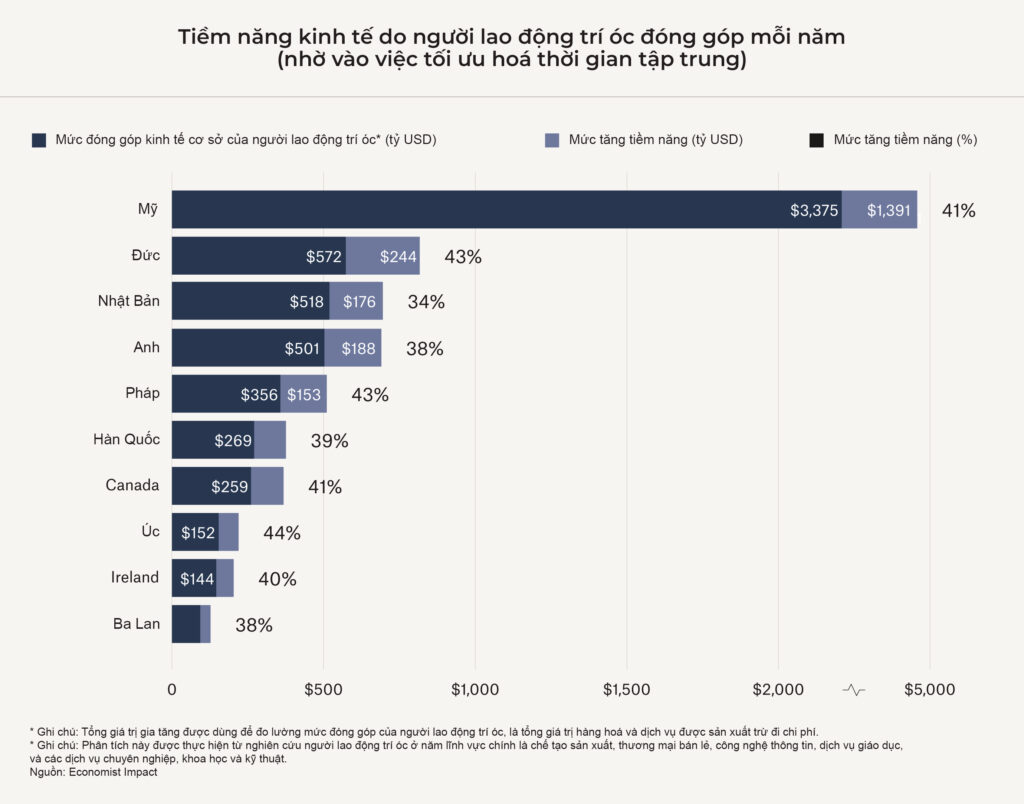Enhancing Workplace Productivity in Vietnam: How AI can restore your focus at work?
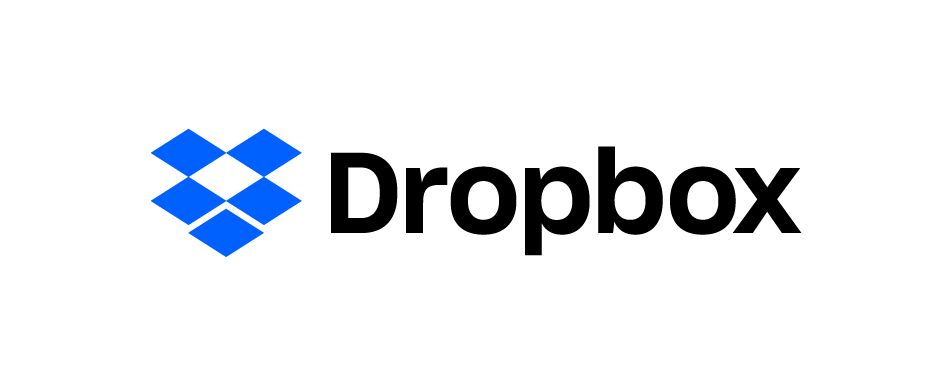
In today’s hyperconnected digital societies, distractions abound, from email alerts to text messages and social media notifications, making it easy for people to lose focus. This global phenomenon applies just as much to knowledge workers in Vietnam as it does to cohort globally, where professionals face a significant challenge in maintaining optimal productivity amidst the constant barrage of interruptions.
Finding focus would not only benefit knowledge workers and their companies but also contribute to overall economic growth in their respective countries. According to a Dropbox-sponsored study conducted by Economist Impact, increasing productivity could boost knowledge workers’ economic output across the ten countries studied by an average of 40%, resulting in nearly $1.4 trillion in potential growth in the US economy alone. This underscores the importance of businesses assisting employees in finding better ways to sustain attention toward their tasks and filter out digital distractions.
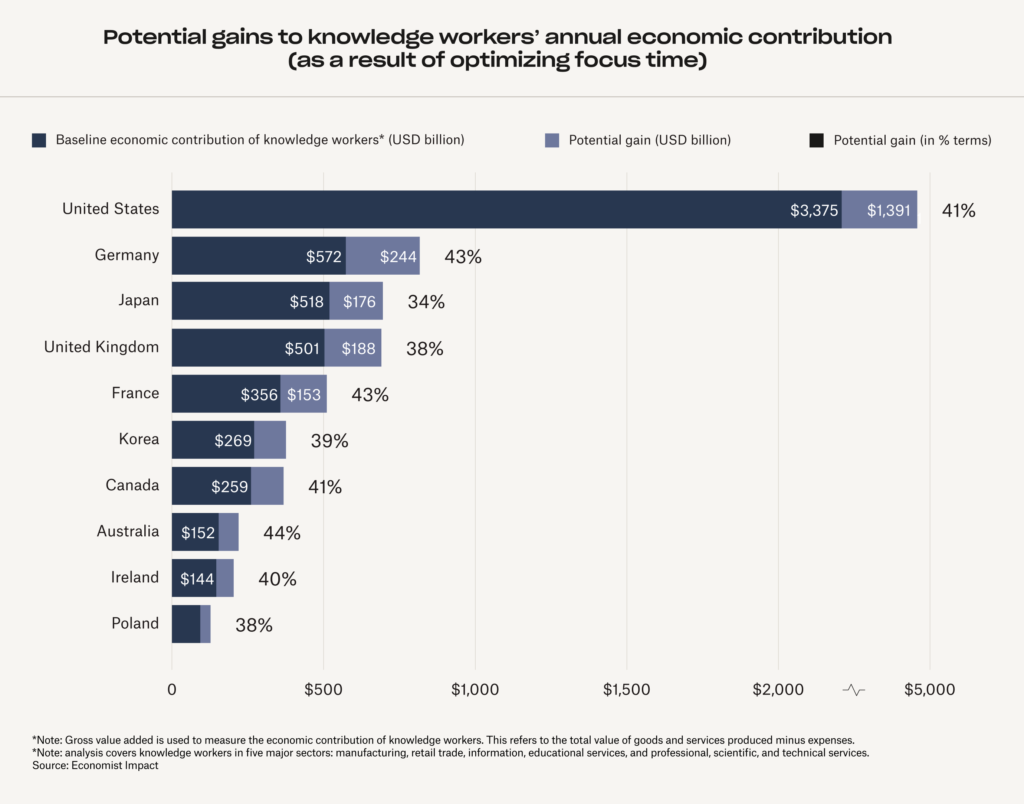
This challenge is further
highlighted by recent findings from Adecco, the leading global workforce
solutions provider, which revealed that 54% of Vietnamese office workers check
their phones more than 10 times a day, with phone notifications identified as
the primary cause of workplace distractions.
One notable hindrance to productivity among Vietnamese workers is the incessant context switching induced by pervasive distractions. Emails, phone notifications, and impromptu meetings demand their attention, impeding sustained focus on important tasks.
This challenge resonates
significantly within the country. The Adecco study reveal that 55% of
Vietnamese office workers contend with a daily influx of more than 15 emails,
exacerbating the demands for continuous attention and responsiveness, impeding
deep focus crucial for meaningful work.
Dropbox, a leading
provider of collaboration tools which reinvented itself as a distributed work
lab in 2020, understands deeply that finding focus is not just about where you
work, but about how you work. This led to the implementation of the Dropbox Virtual
First model – featuring strategies and practices designed to help employees
find focus and prioritize uninterrupted time for deep work.
The Virtual First model supports intentional practices such as setting boundaries, blocking out time for focused work, and implementing effective meeting practices. The model also features a “asynchronous by default” mindset, to reduce real time interruptions and communication noise.
Tools such as Dropbox Capture, a screen capture tool and Dropbox Sign, a e-signature tool help facilitate asynchronous communication by allowing users to give and receive feedback using screen recordings, voiceovers, and digital signatures.
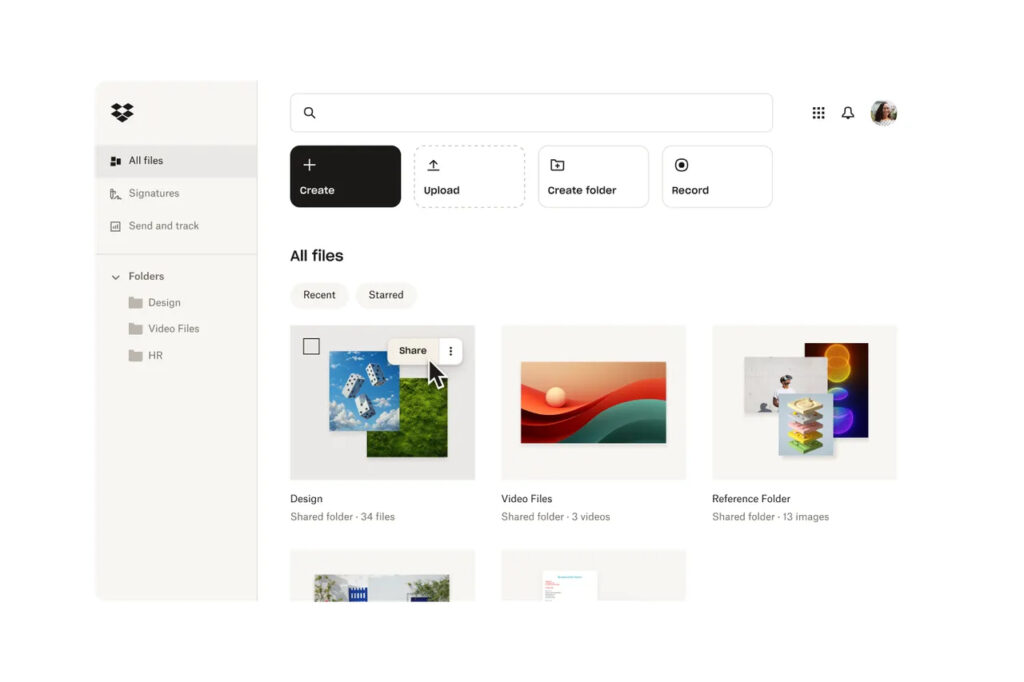
Today, Dropbox continues to design products that increase focus and facilitate connected workflows, where users can edit PDFs, share videos, sign documents, and track file engagement without leaving Dropbox.
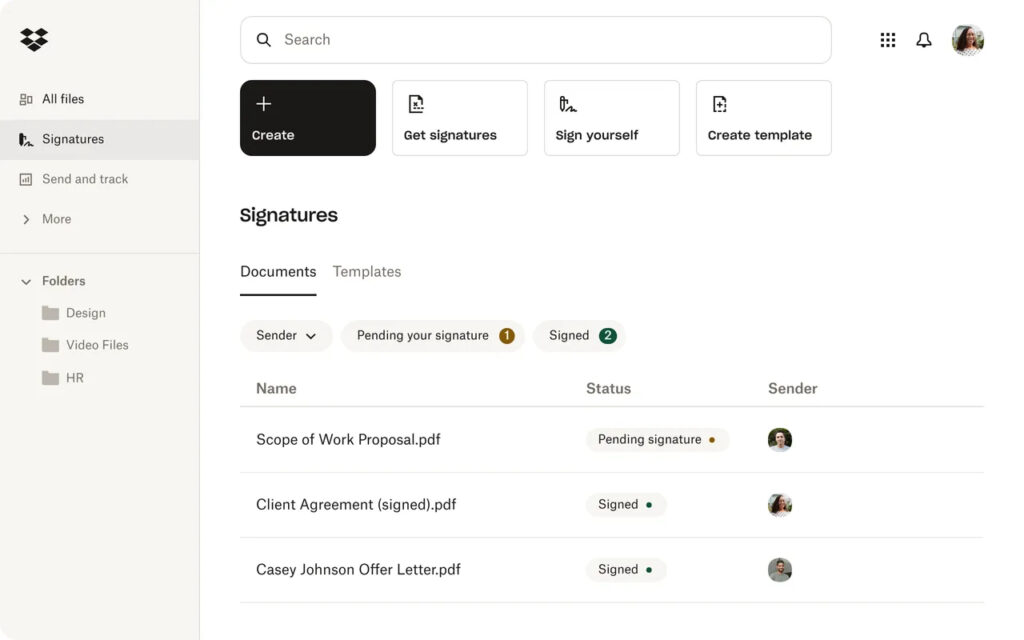
Moreover, AI technologies present a promising solution. Dropbox offers a suite of AI-powered features tailored to empower knowledge workers to overcome distractions and achieve peak productivity. Among these features is Dropbox Dash – an AI-powered universal search tool, now available in open beta. Dropbox Dash makes searching for information fast and easy, by connecting content across apps, emails, and tools. It uses AI to bring everything together under one search bar.

By combining work practices and technology tools that aid focus and flow, knowledge workers are able to combat distractions and unlock their productivity potential.

 Xem Tiếng Việt
Xem Tiếng Việt 